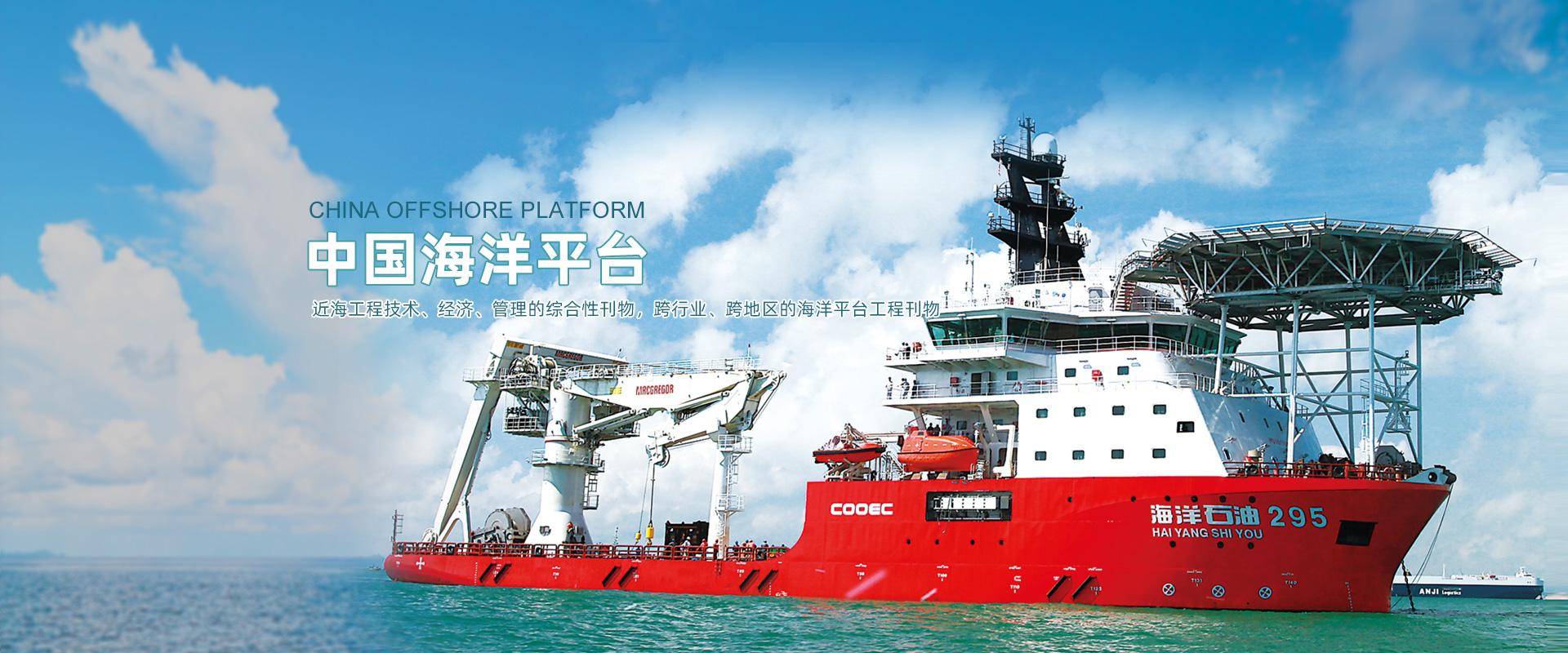Abstract:Based on measured data and high-precision simulation model of key hotspots-areas of high stress concentration within the structure-of a semi-submersible platform in the South China Sea, numerical calculations and measured stress data are obtained, combined with the Stress Response Amplitude Operator (RAO) corresponding to the measurement points and the Transition Response Amplitude Operator (TRAO) between the measurement points to conduct further research, to determine the TRAO correction factor and the stress twinning correction coefficients, which in turn will achieve a more accurate digital hotspot area of structural twinning, which lays the foundation for calculating the fatigue damage of structural hotspots. The results show that the relative error between the calculated results and the measured values is about 5%, the twinned stress spectrum agrees well with the measured stress spectrum, and the error between the peak part and the measured data is 14%, which can provide useful guidance in structural safety assessments. This further demonstrates that the digital twinning technology has significant potential for application in the safety assessment of offshore structures.
